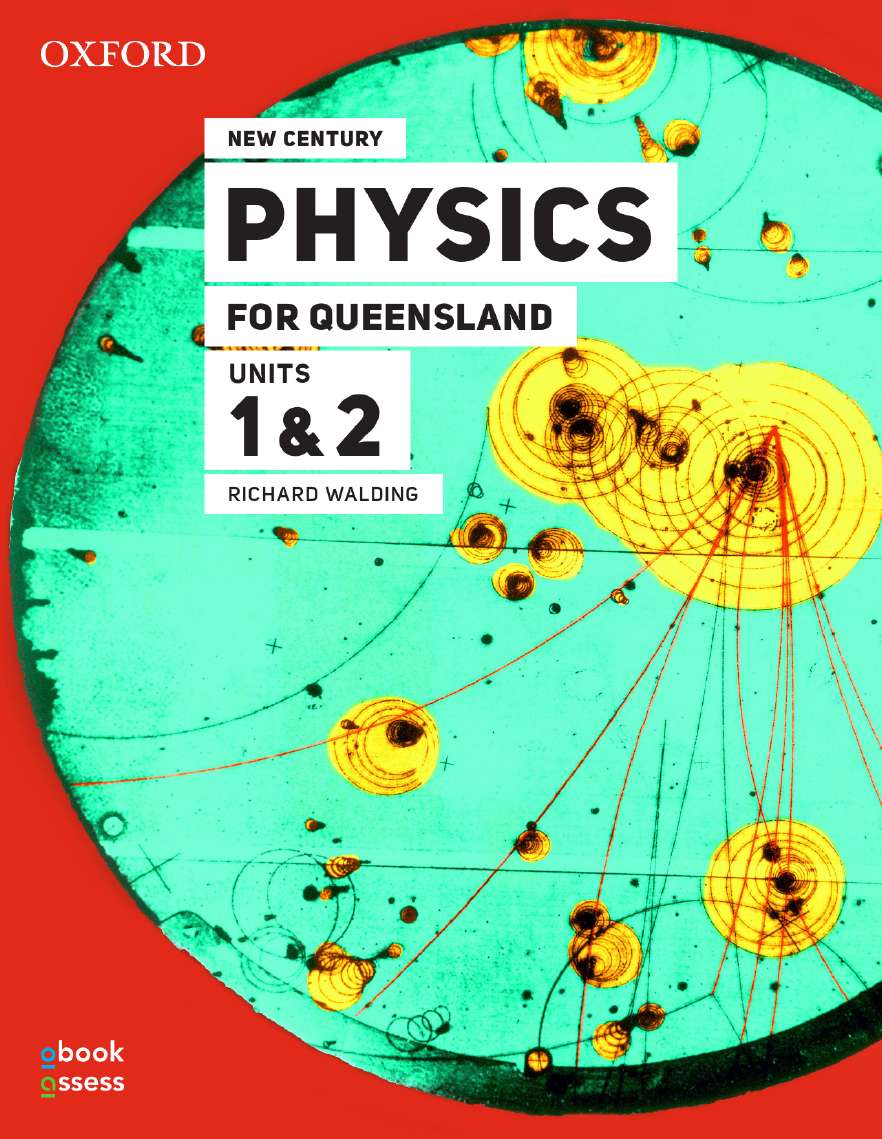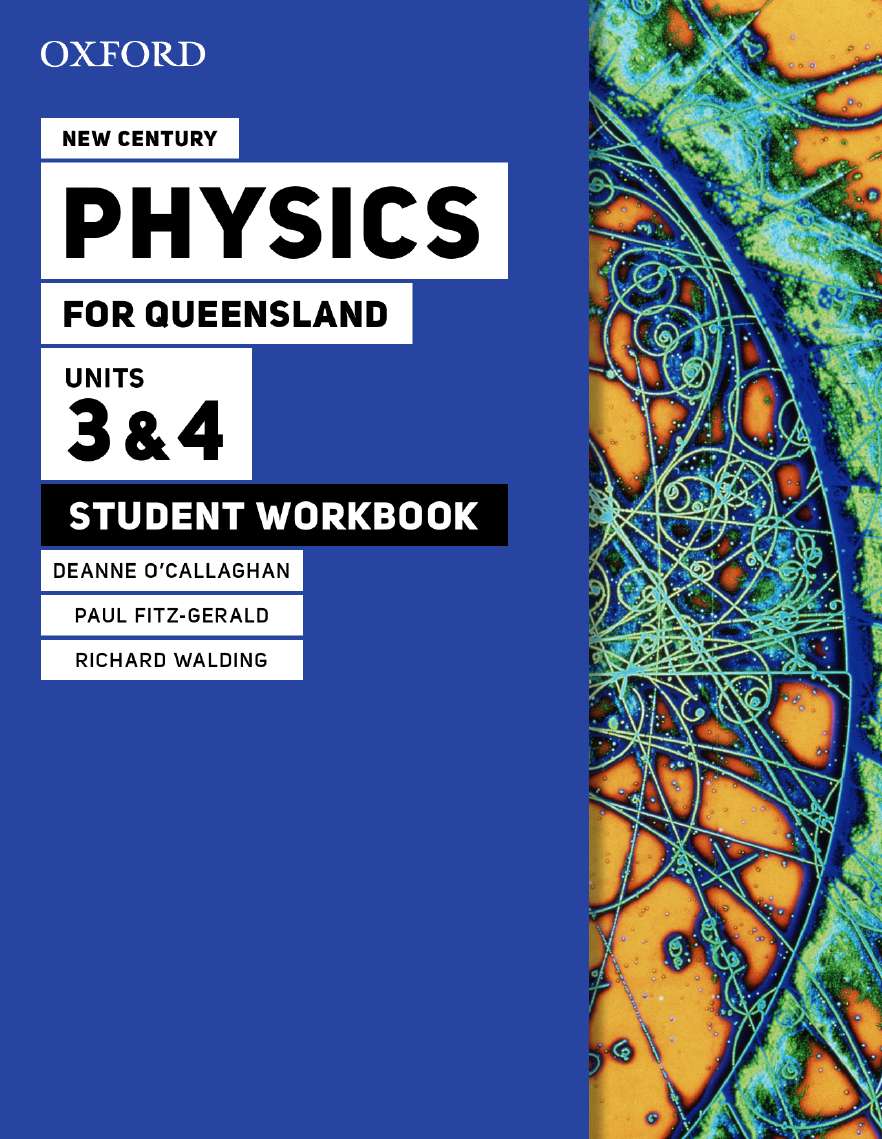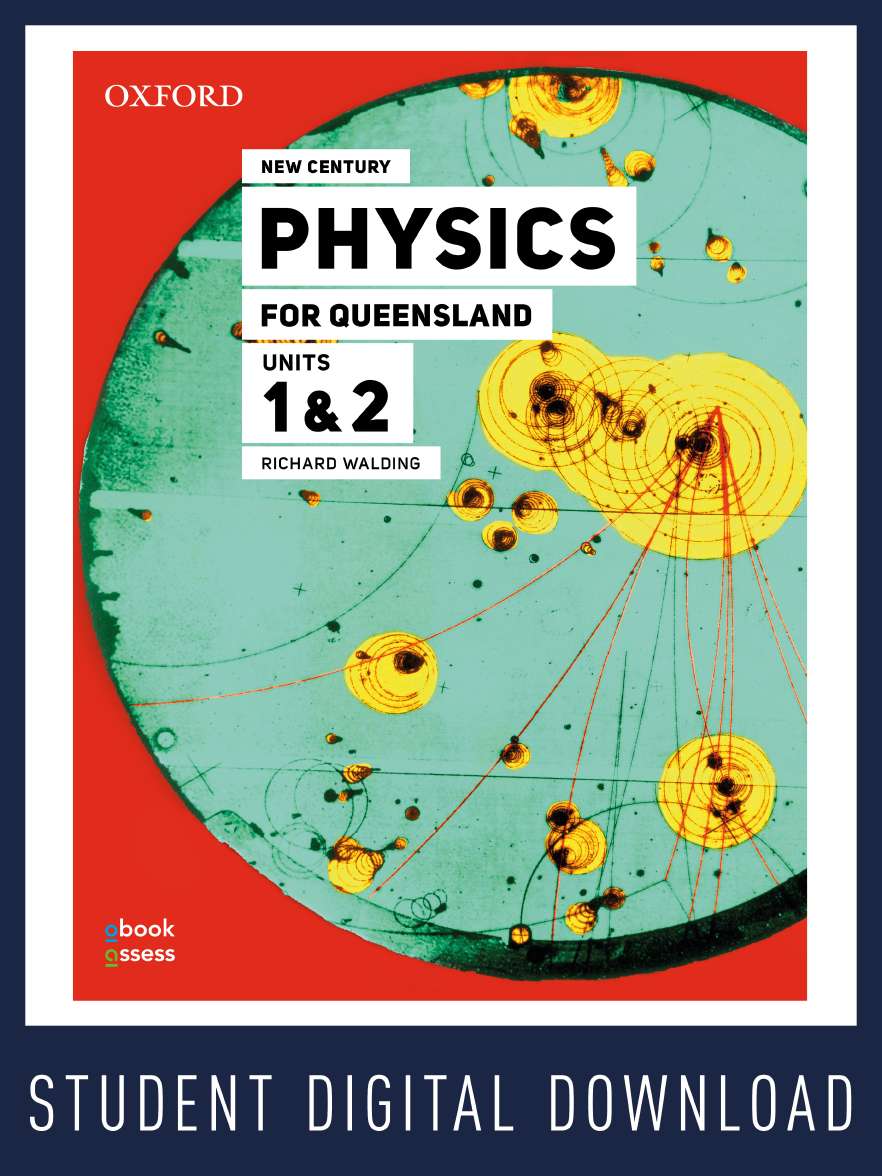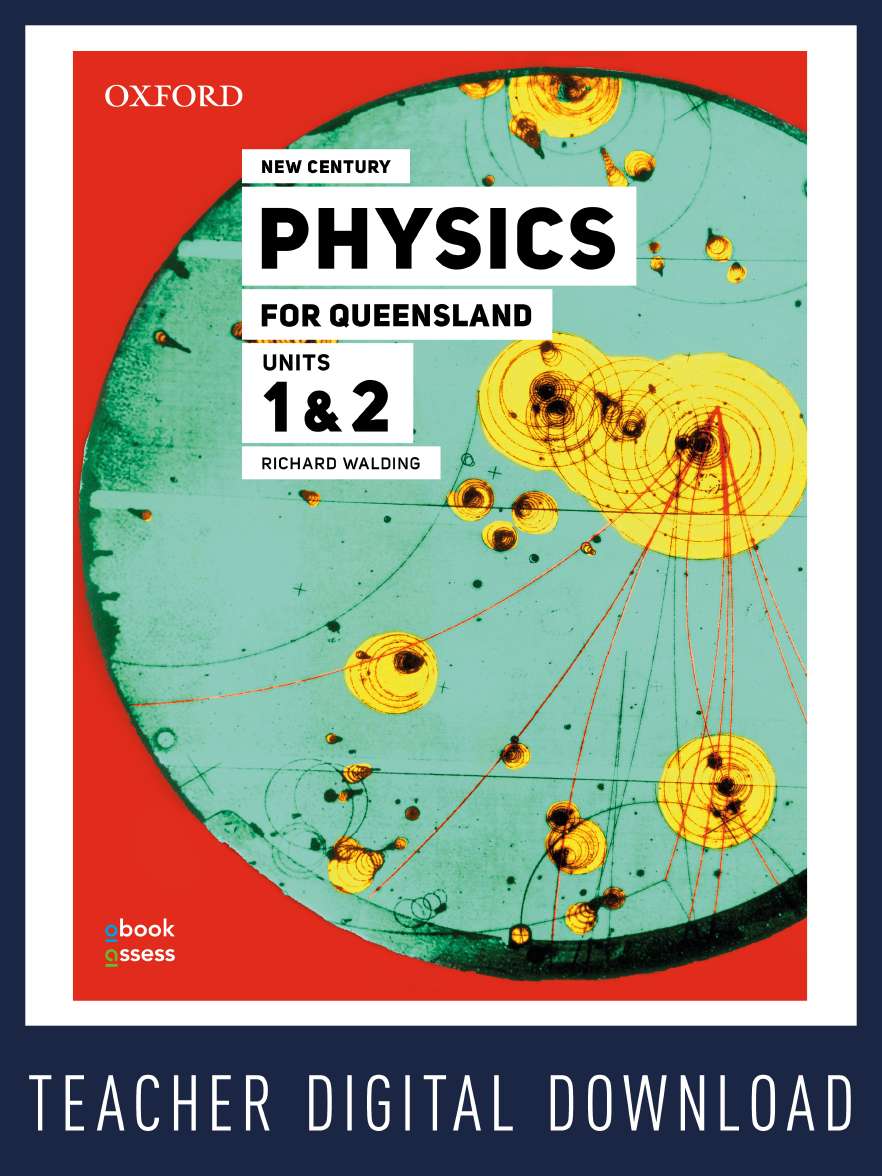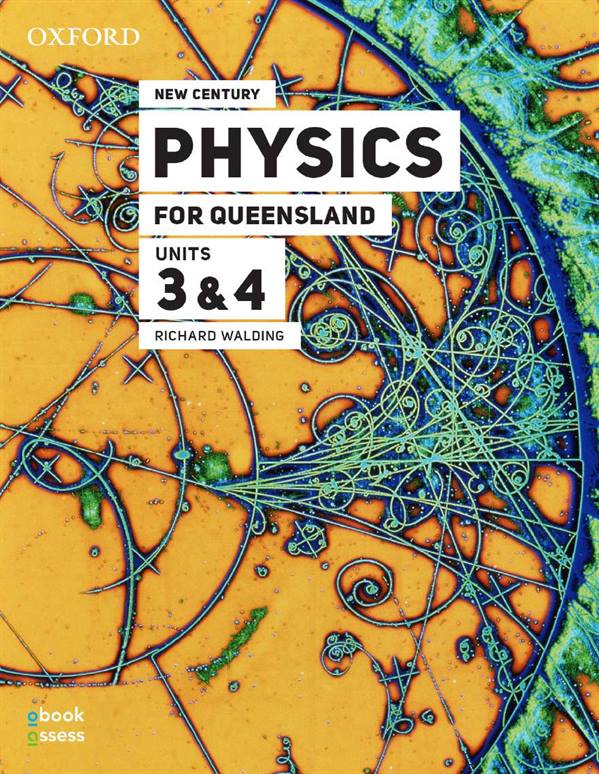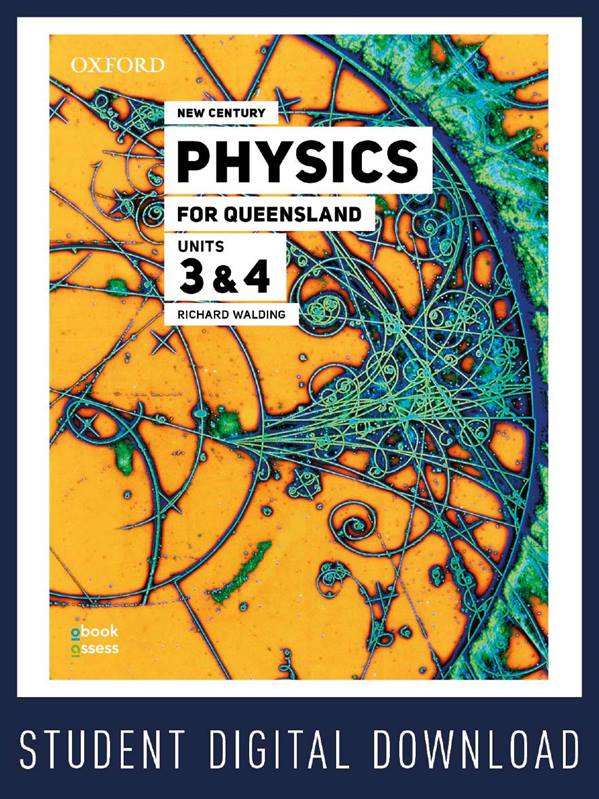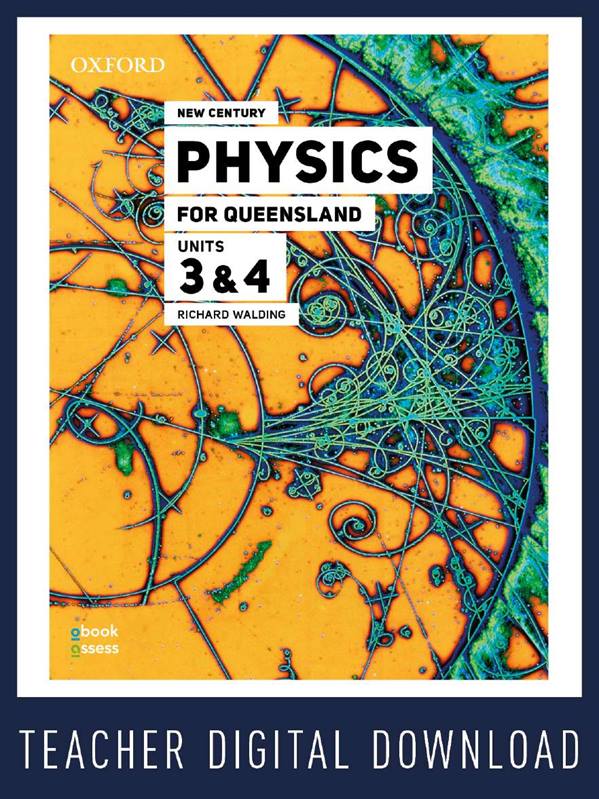New Century Physics for Queensland Units 1&2 Student workbook
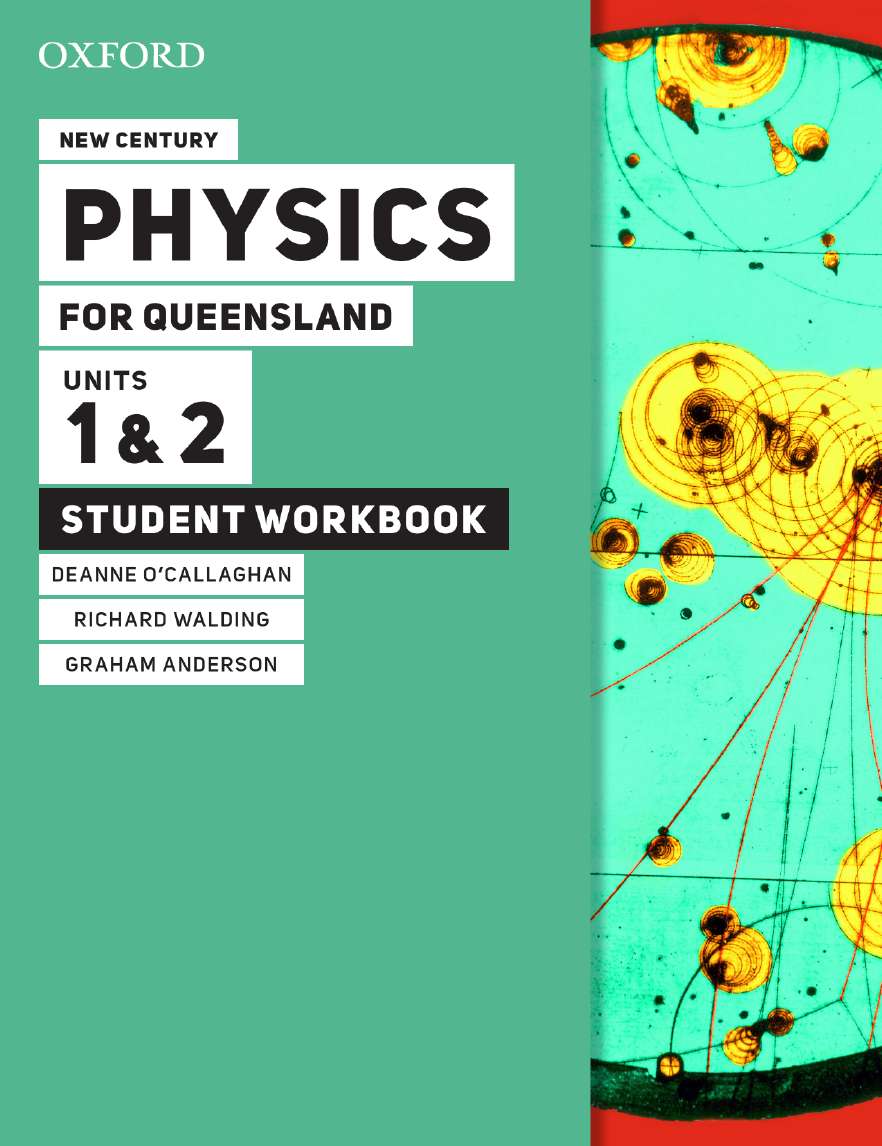
New Century Physics for Queensland Units 1&2 Student workbook
|
ISBN: |
9780190320362 |
|
Binding: |
Paperback |
|
Published: |
27 Feb 2020 |
|
Availability: |
267
|
|
Series: |
$29.95 AUD
$34.99 NZD
Add To CartDescription
The new Queensland Physics syllabus affects all aspects of teaching and learning – new teaching content, new course structure and a new approach to assessment. As EPAA Secondary Publisher of the Year 2017, 2018 and 2019, Oxford University Press is committed to helping teachers and students in Queensland reach their full potential.
New Century Physics for Queensland 3E Student workbooks are standalone resources designed to help students succeed in their internal and external assessments. With an engaging design, full-colour photos and relevant diagrams throughout, the Student workbooks include:
- a Toolkit chapter focused on internal assessments and cognitive verbs
- Data drill activities that help students develop the key skills in analysis and interpretation required for the Data test
- Experiment explorer activities that support the modification of a practical as required in the Student experiment
- Research review activities that allow students to practise how to evaluate a claim and identify credible sources for the Research investigation
- Exam excellence activities that allow students to practice multiple choice and short answer questions in preparation for the external examination
- handy study tips throughout the chapters
- practice internal assessments for the Data test, Student experiment and Research investigation
- write-in worksheets for all mandatory and suggested practicals
- appendices such as the periodic table and formulas
- answers to all activities and practice assessments.
Contents
Chapter 0 The physics toolkit
Responding to cognitive verbs
Data test
Student experiment
Research investigation
UNIT 1: THERMAL, NUCLEAR AND ELECTRICAL PHYSICS
Chapter 1 Heat and temperature
Data drill 1: Calculating uncertainties
Experiment explorer 1: Choosing a student experiment
Research review 1: Approaching assessment
Exam excellence 1
Chapter 2 Specific heat capacity and calorimetry
Data drill 2: Apply understanding in a practical
Experiment explorer 2: Modification of a practical.
Research review 2: Researching your claim
Exam excellence 2
Chapter 3 Energy in systems
Data drill 3: Finding a trend
Experiment explorer 3: Justifying your modifications
Research review 3: Determining credibility
Exam excellence 3
Chapter 4 Nuclear model and stability
Data drill 4: Applying your understanding
Experiment explorer 4: Elevating your discussion
Research review 4: Writing a research question
Exam excellence 4
Chapter 5 Radioactive decay and half-life
Data drill 5: Determining the relationship from a table
Experiment explorer 5: Risk assessment
Research review 5: Forming focus questions
Exam excellence 5
Chapter 6 Nuclear energy
Data drill 6: Preparing for a Data test
Experiment explorer 6: Analysing data and trends
Research review 6: Limiting research information
Exam excellence 6
Chapter 7 Current, potential difference and energy flow
Data drill 7: Uncertainty versus error
Experiment explorer 7: Writing a rationale for the Student experiment
Research review 7: Writing a rationale for the Research investigation
Exam excellence 7
Chapter 8 Resistance
Data drill 8: Interpret uncertainties for a graph
Experiment explorer 8: Describing graph trends
Research review 8: Language tips
Exam excellence 8
Chapter 9 Circuit analysis and design
Data drill 9: Circuit analysis
Experiment explorer 9: Designing and investigating circuits
Research review 9: Understanding a claim
Exam excellence 9
Unit 1: Practice assessment
Unit 1 Data Test
Unit 1 Student Experiment
Unit 1 Research Investigation
UNIT 2: LINEAR MOTION AND WAVES
Chapter 10 Linear motion
Data drill 10: Performing calculations
Experiment explorer 10: Identifying sources of error
Research review 10: Identifying trends in your data
Exam excellence 10
Chapter 11 Forces
Data drill 11: Identifying relationships
Experiment explorer 11: Relevant data
Research review 11: Supporting your research question with evidence
Exam excellence 11
Chapter 12 Momentum
Data drill 12: Reliability
Experiment explorer 12: Percentage uncertainty and error
Research review 12: Limitations in evidence
Exam excellence 12
Chapter 13 Work and energy
Data drill 13: Predicting velocity
Experiment explorer 13: Identifying mistakes
Research review 13: Improvements and extensions
Exam excellence 13
Chapter 14 Waves
Data drill 14: Interpreting and analysing graphs
Experiment explorer 14: Writing a rationale
Research review 14: Formulating a research question
Exam excellence 14
Chapter 15 Sound
Data drill 15: Determining information
Experiment explorer 15: Redefine, redirect or extend
Research review 15: Conducting research
Exam excellence 15
Chapter 16 Light
Data drill 16: Trends in data
Experiment explorer 16: Modifying an experiment
Research review 16: Source credibility
Exam excellence 16
Unit 2: Practice Assessment
Unit 2 Research investigation
Chapter 17 Practical manual
Mandatory practical:
Suggested practical:
Answers
Authors
Deanne O’Callaghan
Ms Deanne O’Callaghan is a practising physics teacher at a Queensland Secondary School currently teaching the new Physics syllabus to students. She studied a dual Bachelor of Science/Education (Secondary) at the University of Queensland majoring in neuroscience and minoring in mathematics. Deanne then travelled overseas beginning her teaching career in London, United Kingdom teaching Junior Science and GCSE Physics for two years before returning to Brisbane. Deanne is interested in the neuroscience of learning and is passionate about preparing students for success in the new Physics syllabus.
Dr Richard Walding
Richard Walding began his career as a scientist and has extensive experience teaching both Physics and Chemistry, including two decades as Head of Science. Richard is also a research fellow at Griffith University and for the past decade has been researching the history and applications of electromagnetic induction particularly as related to harbour defence. Richard was elected Fellow of both the Australian Institute of Physics and the Royal Australian Chemical Institute for his lifetime contribution to these disciplines. He was also awarded a Peter Doherty Award for work in STEM education and in 2019 received the Australian Institute of Physics (QLD Branch) Excellence in Physics Teaching award.
Graham Anderson
Biography coming soon.
